50 Most Used Commands on Command Prompt
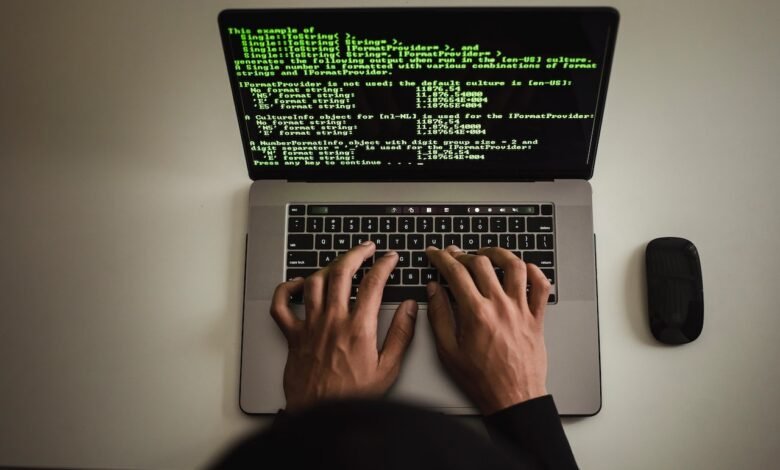
Commands on Command Prompt, In this article, we will discuss the 50 most used commands on Command Prompt, also known as CMD. CMD is a command-line interpreter that is built into the Windows operating system, which allows users to interact with the system through text-based commands.
The Command Prompt, also known as CMD, is a command-line interface that allows you to execute various commands on your computer. Whether you’re a developer, IT professional, or just a curious user, learning the most commonly used commands can save you a lot of time and effort. In this article, we will discuss the 50 most used commands on the command prompt, along with their usage and syntax.
Commands on Command Prompt, The Command Prompt is a powerful tool that provides you with a direct way to interact with your computer’s operating system. It allows you to execute various commands that can perform different tasks, from simple file management to advanced system administration. However, the command prompt can be intimidating to beginners due to its text-based interface and syntax requirements.
Why use Command Prompt?
There are many reasons why users prefer to use Command Prompt. Some of the most common reasons include:
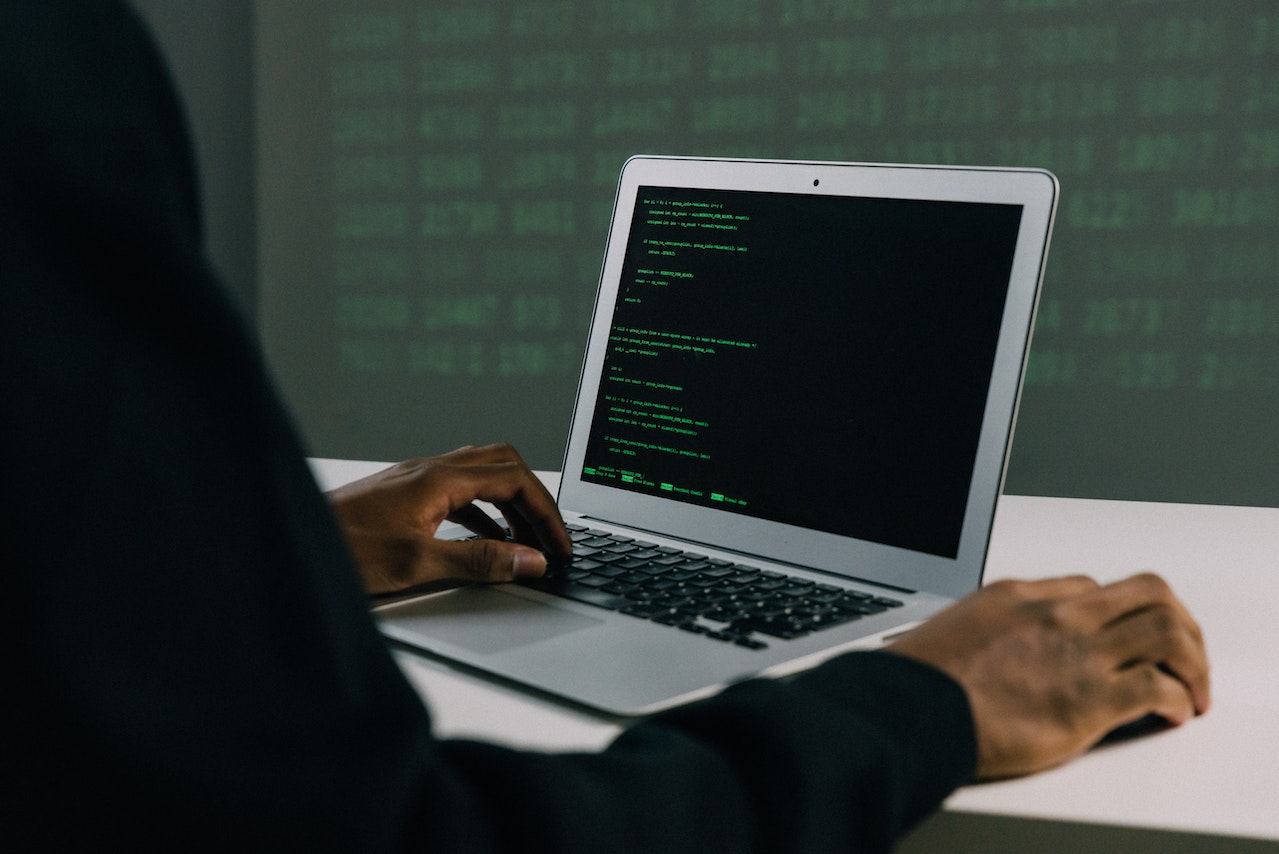
- Efficiency: Many tasks can be performed more quickly using CMD than through a graphical user interface.
- Automation: CMD allows users to automate tasks by creating scripts that can be run automatically.
- Advanced functionality: CMD provides advanced functionality that is not available through a graphical user interface.
Read More: How to Use SFC /Scannow Command? 10 Easy Ways
Basic Commands
Commands on Command Prompt, Here are some of the most commonly used basic commands on CMD:
1. DIR
DIR is used to display a list of files and folders in the current directory.
2. CD
CD is used to change the current directory.
3. MD
MD is used to create a new directory.
4. RD
RD is used to remove a directory.
5. TYPE
TYPE is used to display the contents of a file.
6. COPY
Commands on Command Prompt, COPY is used to copy a file from one location to another.
7. DEL
DEL is used to delete a file.
8. REN
REN is used to rename a file.

Advanced Commands
Commands on Command Prompt, Here are some of the most commonly used advanced commands on CMD:
9. IPCONFIG
IPCONFIG is used to display information about the network configuration of the computer.
10. PING
PING is used to test the connectivity of a network device.
11. TRACERT
TRACERT is used to trace the route that a packet takes to reach its destination.
12. NETSTAT
NETSTAT is used to display active network connections and their status.
13. TASKLIST
TASKLIST is used to display a list of all running processes on the computer.
14. TASKKILL
Commands on Command Prompt, TASKKILL is used to terminate a running process.
15. SYSTEMINFO
SYSTEMINFO is used to display information about the system configuration.
16. WMIC
WMIC is used to perform a wide range of system management tasks, including software installation, hardware configuration, and user management.
Navigation Commands
Commands on Command Prompt, Here are some of the most commonly used navigation commands on CMD:
17. CD..
CD.. is used to navigate to the parent directory.
18. CD\
CD\ is used to navigate to the root directory.
19. CD\foldername
CD\foldername is used to navigate to a specific folder in the root directory.
20. CD folder name
CD folder name is used to navigate to a folder within the current directory.
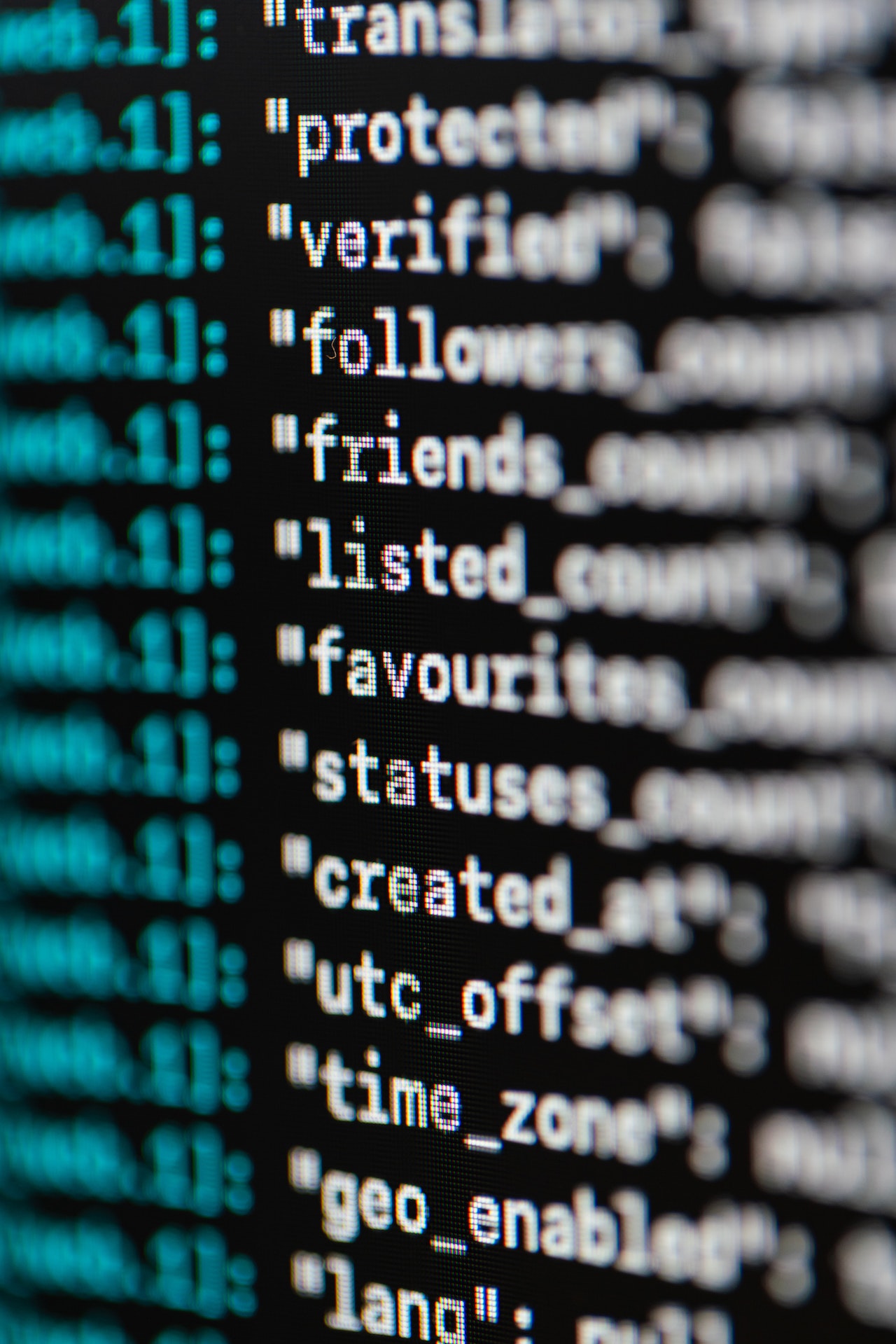
File Management Commands
Commands on Command Prompt, Here are some of the most commonly used file management commands on CMD:
21. ATTRIB
ATTRIB is used to display or modify the attributes of a file or directory.
22. XCOPY
XCOPY is used to copy files and directories, including subdirectories.
23. ROBOCOPY
ROBOCOPY is a more advanced file management tool that can be used to copy, move, and synchronize files and directories.
24. TREE
TREE is used to display the directory structure of a specified directory.
25. MD folder name\subfolder name
MD folder name\subfolder name is used to create a subfolder within a folder.
Disk Management Commands
Commands on Command Prompt, Here are some of the most commonly used disk management commands on CMD:
26. CHKDSK
CHKDSK is used to check the file system and disk for errors.
27. FORMAT
FORMAT is used to format a disk or drive.
28. DISKPART
DISKPART is a powerful disk management tool that can be used to create, delete, and resize partitions, as well as manage volumes and disks.
29. DEFRAG
DEFRAG is used to optimize the performance of a hard drive by rearranging fragmented files.
User Account Management Commands
Commands on Command Prompt, Here are some of the most commonly used user account management commands on CMD:
30. NET USER
NET USER is used to display or modify user account information.
31. NET LOCALGROUP
NET LOCALGROUP is used to display or modify local user groups.
32. NET GROUP
NET GROUP is used to display or modify global user groups.
33. NET USE
NET USE is used to connect to or disconnect from a shared resource on a network.
34. NET VIEW
NET VIEW is used to display a list of shared resources on a network.
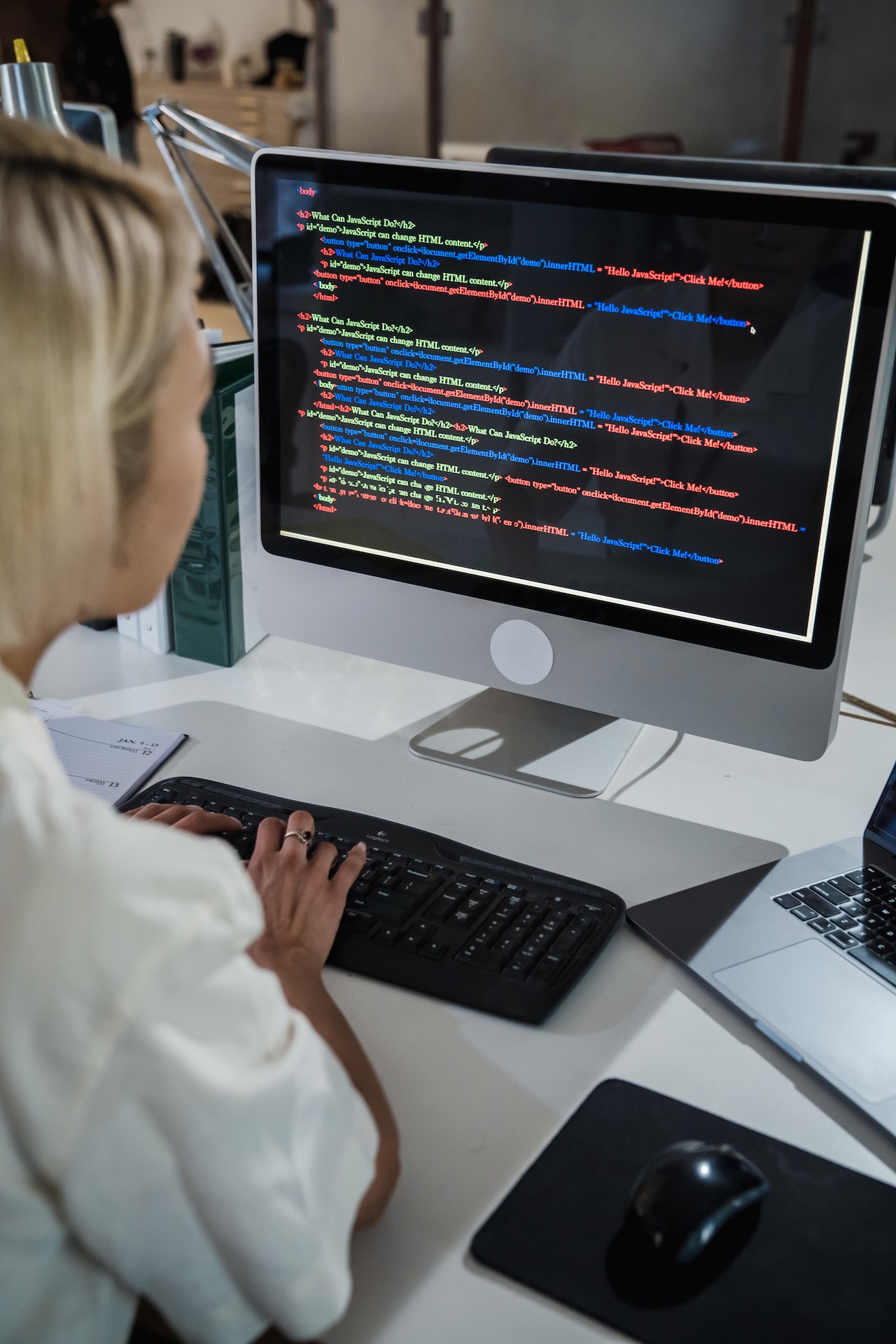
Network Commands
Commands on Command Prompt, Here are some of the most commonly used network commands on CMD:
35. NETSH
NETSH is a powerful network configuration tool that can be used to view or modify network settings.
36. IPCONFIG /ALL
IPCONFIG /ALL is used to display detailed information about the network configuration of the computer, including IP address, DNS servers, and more.
37. PING
PING is used to test the connectivity of a network device.
38. TRACERT
TRACERT is used to trace the route that a packet takes to reach its destination.
39. NSLOOKUP
NSLOOKUP is used to query the DNS server for information about a domain name or IP address.
System Information Commands
Here are some of the most commonly used system information commands on CMD:
40. SYSTEMINFO
SYSTEMINFO is used to display information about the system configuration.
41. DRIVERQUERY
DRIVERQUERY is used to display information about installed device drivers.
42. TASKLIST
TASKLIST is used to display a list of all running processes on the computer.
43. TASKKILL
TASKKILL is used to terminate a running process.
Batch File Commands
Here are some of the most commonly used batch file commands on CMD:
44. ECHO
ECHO is used to display messages or turn the command prompt echo on or off.
45. SET
SET is used to set environment variables that can be used in batch files.
46. IF
IF is used to perform conditional processing in batch files.
47. GOTO
GOTO is used to direct the command prompt to a specific line in a batch file.
48. CALL
CALL is used to call another batch file from within a batch file.
Commands on Command Prompt, Here are some additional commands that are commonly used on CMD:
49. CLS
CLS is used to clear the screen.
50. EXIT
EXIT is used to close the command prompt window or exit a batch file.
With these 50 most used commands on command prompt, you can do many things such as navigating the file system, managing disks, user accounts, network, and more. Using these commands can save you a lot of time and make your work on the computer more efficient.
Commands on Command Prompt, Conclusion
The Command Prompt is a powerful tool that can be used to perform a variety of tasks on your computer. By learning the most commonly used commands, you can increase your productivity and efficiency when working with the Command Prompt.
Read More: The best eCommerce platform to Invest in 2023?
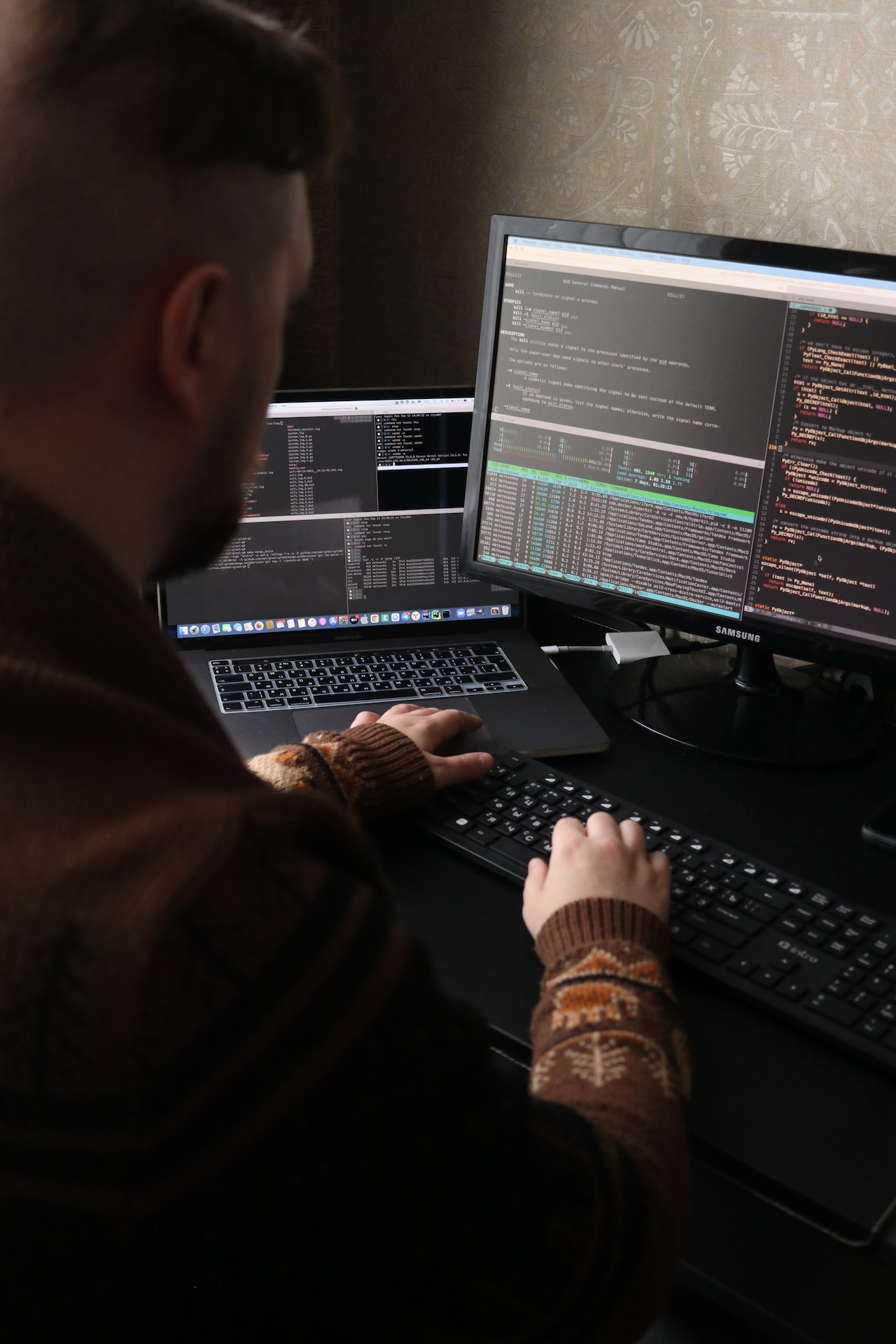
FAQs
- What is the Command Prompt?
The Command Prompt is a command-line interface that allows you to interact with your computer using text commands.
- How do I open the Command Prompt?
You can open the Command Prompt by pressing the Windows key + X and selecting “Command Prompt” from the menu.
- What are basic commands on the Command Prompt?
Basic commands on the Command Prompt allow you to perform simple tasks such as navigating directories, creating folders, and clearing the screen.
- What are file and directory commands on the Command Prompt?
File and directory commands on the Command Prompt allow you to manage files and folders, including copying, moving, deleting, and renaming.
- What are networking commands on the Command Prompt?
Networking commands on the Command Prompt allow you to manage network connections, including checking your IP address, pinging a website, and resetting your network adapter.







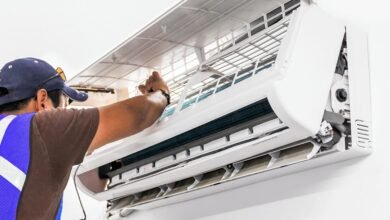




2 Comments